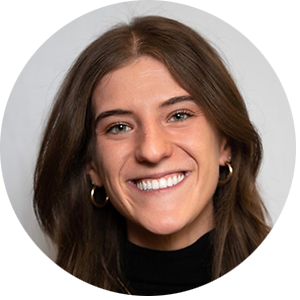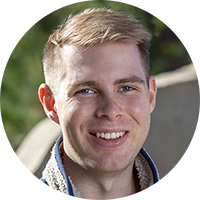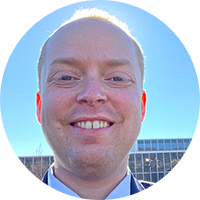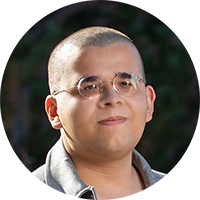Crus Scholar Program for Undergraduate Student Research
Since 2016, the program has provided eligible undergraduate students with a potentially career-enhancing opportunity to work under the guidance of a U of U faculty mentor on a research project of mutual interest. Crus Scholars also receive hourly compensation for their work.
An invitation to apply to become a Crus Scholar is posted three times a year.
Recent Crus Scholars

Joshua Jordan
Effectiveness of Ultra-White Paint in Enhancing Heat Dissipation through Infrared Loading on Side Walls
Mentored by Prof Taylor Sparks

Sophie Morton
Ion Exchange Resins in Stereolithography for Recovery of Rare Earth Elements
Mentored by Prof Chen Wang
Sophie is currently pursuing a degree in materials science and engineering. Sophie previously graduated from the University of Utah after studying business and environmental studies but decided to return to school for an engineering degree because of the lifelong learning and hands-on problem solving the field offers. Stemming from her passion for the outdoors, Sophie hopes to pursue a career in sustainable product development with an emphasis in polymer research. Sophie is mentored by Professor Chen Wang, where she is researching ion exchange resins and their performance in stereolithography as a method of recovery for rare earth elements.

Luke Pettit
Applications for Flywheel Energy Storage to Achieve a More Sustainable Energy Future
Mentored by Prof Swomitra Mohanty
Previous Crus Scholars

Jacob Burke
Magnetic Separation of Rare Earth Elements and Critical Elements via Thin Film Device
Mentored by Prof Michael Free
TBA

Christian Norman
Flash Joule Heating of Coal for Graphene and Graphite Production
Mentored by Prof Swomitra Mohanty
Christian is pursuing a degree in metallurgical engineering and will graduate with a B.S. degree in spring of 2025. His ultimate academic goal is to graduate from the U. with a PhD in Met E. A Utah Native instilled with an appreciation of nature from an early age, Christian is concerned with environmental sustainability and hopes to "help save the planet". One of his hobbies is blacksmithing; another is reading science fiction novels.
TBA

Benjamin Schroeder
Efficient Separation of Rare Earth Metals from Aqueous Solution by Mesoporous Substrates
Mentored by Prof York Smith
TBA

Paul Cardon
Optimizing High-Voltage, High- Capacity Silicon Electrode Lithium-ion Batteries
Mentored by Prof K. S. Ravi Chandran
TBA

Jeremy Baird
3D Printed Electrocatalytic Reactor for Mitigation of Perfluoroalkyl Substances
Mentored by Prof. Sivaraman Guruswamy and Swomitra Mohanty
My name is Jeremy Baird. I am a senior here at the University of Utah studying Metallurgical Engineering with a focus on Physical Metallurgy. I grew up ranching buffalo in Arizona. My favorite thing to do is spending time with my wife but when I am not doing that, I enjoy making fine jewelry, welding, blacksmithing, and basically anything associated with working metal.
